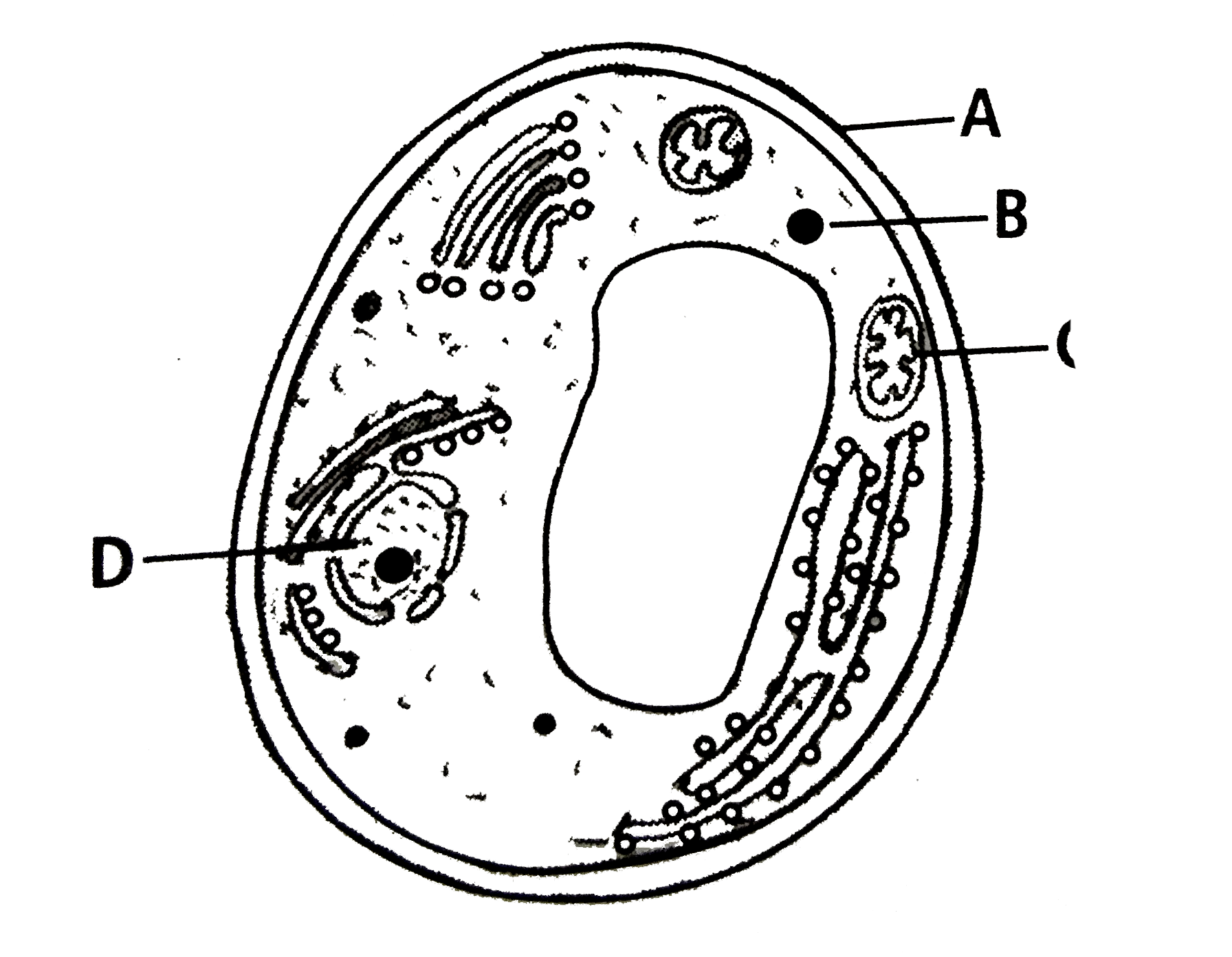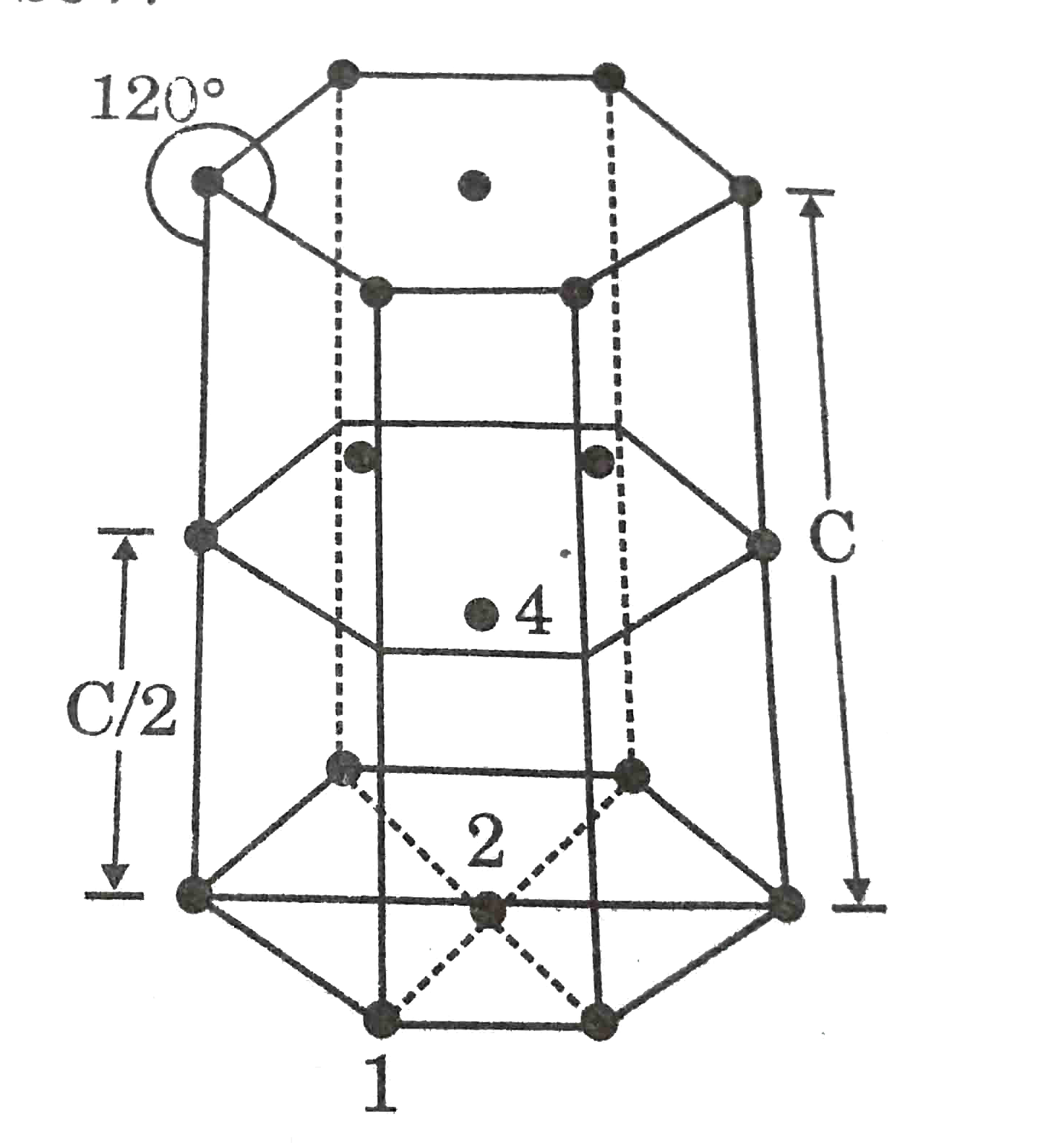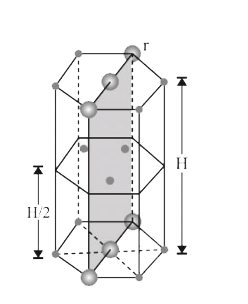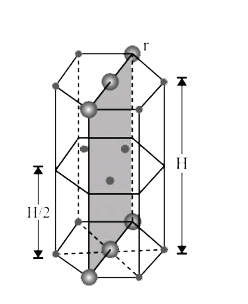In lichens, the nonstalked, noncorticated, detachable powdery masses containing few algal cells and closely covered by fungal hyphae are called
soredia
gonidia
sporangiophore
metulae
The correct Answer is:A
To solve the question regarding the structure in lichens that is described as nonstalked, noncorticated, detachable powdery masses containing few algal cells and closely covered by fungal hyphae, we can follow these steps:
1. Understand the Composition of Lichens:
- Lichens are symbiotic associations between fungi and photosynthetic partners, which can be algae or cyanobacteria.
2. Identify the Structure Described:
- The question specifies a structure that is nonstalked, noncorticated, and detachable. This indicates that it is not a typical part of the lichen body (thallus) but rather a reproductive structure.
3. Recognize the Role of Fungal Hyphae:
- The fungal component of the lichen surrounds and protects the algal cells, which are responsible for photosynthesis.
4. Define the Key Terms:
- "Nonstalked" refers to a structure that does not have a stalk.
- "Noncorticated" means it does not have a cortex or outer layer.
- "Detachable" indicates that this structure can be separated from the main body of the lichen.
5. Identify the Correct Structure:
- The structure that fits this description is called soredia. Soredia are small, powdery masses that contain both fungal hyphae and algal cells, and they serve as a means of asexual reproduction in lichens.
6. Conclude the Answer:
- Therefore, the answer to the question is soredia.
Final Answer:
- The nonstalked, noncorticated, detachable powdery masses containing few algal cells and closely covered by fungal hyphae in lichens are called soredia.
- Lichens are symbiotic associations between fungi and photosynthetic partners, which can be algae or cyanobacteria.
- The question specifies a structure that is nonstalked, noncorticated, and detachable. This indicates that it is not a typical part of the lichen body (thallus) but rather a reproductive structure.
- The fungal component of the lichen surrounds and protects the algal cells, which are responsible for photosynthesis.
- "Nonstalked" refers to a structure that does not have a stalk.
- "Noncorticated" means it does not have a cortex or outer layer.
- "Detachable" indicates that this structure can be separated from the main body of the lichen.
- The structure that fits this description is called soredia. Soredia are small, powdery masses that contain both fungal hyphae and algal cells, and they serve as a means of asexual reproduction in lichens.
- Therefore, the answer to the question is soredia.
- The nonstalked, noncorticated, detachable powdery masses containing few algal cells and closely covered by fungal hyphae in lichens are called soredia.
Topper's Solved these Questions
Similar Questions
Statement-I : During embryonic development of humans, the inner cell mass differentiates into ectoderm, endoderm and mesoderm and these layers give rise to all tissues and organs in adults.
Statement-II The inner cell mass contains certain cells called stem cells, which have the potency to give rise to all the tissues and organs.View SolutionMark the odd one w.r.t . T.S. of a plant's part
1 Vascular bundles are arranged in ring
2 Epidermis is covered by a thin layer of cuticle
3 The cells of the endodermis have a deposition of water - impermeable, waxy material called lignin
4 Pericycle contains both sclerenchyma and parenchymaView Solution
Knowledge Check
- Question 1 - Select One
Given below are four statements each with one or two blanks. Select the option which correctly fills up the blanks in any two statements.
(A). The embryo with 8 to 16 blastomeres is called a (i)._____
(B). Embedding of the (i)._____ in the endometrium of the uterus is called implantation and it leads to (ii). ______
(C). After implantation finger like projections appear on the trophoblast called (i)._____ which are surrounded by the (ii)._____ abnd maternal blood.
(D). Inner cell mass contains certain cells called (i)._____ cells which have the potency to give rise to all the tissues and organs.A(A)-(i) blastula, (C)-(i) chorionic villi, (ii)-uterine tissueB(B)-(i) blastocyst, (ii) pregnancy, (D)-(i) stemC(A)-(i) morula, (D)-(i) sertliD(B)-(i) morula, (ii) parturition, (C)-(i) fimbriae, (ii)-embryonic tissue - Question 2 - Select One
The diagram shows the structure of a fungal cell with different parts labelled as A,B,C and D. Which of the following statements are true with regard to the fungal cell structive?

(i) A contains mucopolysaccharides which are also present in exoskeleton of insects and crustaceans.
(ii) D are usually more than one in number in case of aseptate hyphae.
(iii) Carotenes and xanthophylls are present in C, which harvest light energy for photosynthesis.
(iv) B is the reverse food material, usually stored in the form of starch and oil.Ai and iiBiii and ivCi,ii and ivDii,iii and iv
In hexagonal system of crystals, a frequently encountered arrangement of atoms is described as a hexagonal prism. Here, the top and bottom of the cell are regular hexagons and three atoms are sandwiched in between them. A space -filling model of this structure, called hexagonal close-packed (HCP), is consituted of a sphere on a flat surface surrouneded in the same plane by six identical spheres as closely possible. Three sphere are then palces over the first layer so that they touch each other and represent second layer is covered with third layer that is identical to the bottom layer in relative position. Assume radius of enery sphere to be r.

The number of atoms in the HPC unit cell is :View SolutionIn hexagonal systems of crystals, a frequently encountered arrangement of atoms is described as a hexagonal prism. Here, the top and bottom of the cell are regular hexagons and three atoms are sandwiched in between them. A space-filling model of this structure, called hexagonal close-packed (HCP), is constituted of a sphere on a flat surface surrounded in the same plane by six identical spheres as closely as possible. Three spheres are then placed over the first layer so that they touch each other and represent the second layer. Each one of these three spheres touches three spheres of the bottom layer. Finally, the second layer is covered with a third layer that is identical to the bottom layer in relative position. Assume radius of every sphere to be ‘r’.
The volume of this HCP unit cell is
 View Solution
View SolutionIn hexagonal systems of crystals, a frequently encountered arrangement of atoms is described as a hexagonal prism. Here, the top and bottom of the cell are regular hexagons and three atoms are sandwiched in between them. A space-filling model of this structure, called hexagonal close-packed (HCP), is constituted of a sphere on a flat surface surrounded in the same plane by six identical spheres as closely as possible. Three spheres are then placed over the first layer so that they touch each other and represent the second layer. Each one of these three spheres touches three spheres of the bottom layer. Finally, the second layer is covered with a third layer that is identical to the bottom layer in relative position. Assume radius of every sphere to be ‘r’.
The empty space in this HCP unit cell is :
 View Solution
View Solutionwhich of the following is true for mycorrhiza with fungal hyphae forming some wooly covering on the surface and with most of the fungus passing into the cortical cells?
View Solution

